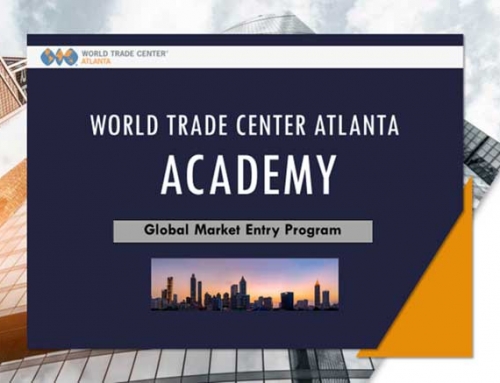The next several days of the Rotary Exchange Trip were spent in exploring the social and cultural delights of Bangalore, visiting businesses and talking about our business issues and Rotary community projects.
Businesses
I was very fortunate to be staying with the Gurjar’s. Our host, Mohan Gurjar is the President of a company that manufactures portable generators. A good guy to know when the hurricanes topple the trees in Bedford. His wife, Nandita Gurjar is the Senior Vice President of Human Resources for Infosys, managing 150,000 thousand employees. I particularly was fascinated with Nandita’s description of how Infosys has integrated their cultural values across the organization. For example, in India most people live in an extended family environment. For medical care Indians can nominate the people they wish to have covered by insurance-for example, husband and spouse and two kids, or husband and spouse and two parents. In this way extended families living together benefit from insurance coverages. This benefits working families and supports family health.
We visited the Deccan Herald Publishing Offices; a 54 years ago firm that is a reflection of the optimism and aspirations of the state of Karnataka. The firm produces a regional paper. The manufacturing AGM told me circulation is increasing but they expect that their news provided on hand held devices will become more common as the years increase. Contributing to the popularity of the paper (using recycled paper) is the coupons and advertisements.
Indo-American Hybrid Seeds Offices was particularly interesting. Dr. Manmohan Attavar is a national treasure. He is a horticulturalist and business owner pioneering the development of hybrid plant technology. He develops and produces hybrid seeds that produce plants with higher yields or in the case of flowers more vibrant blooms. He has worked closely with the University of Montana in the development of crops. I asked him if the narrow genetic base of corn plants used in ethanol would leave them subject to widespread viruses and he opined that no, there was enough diversity and diversity in location to overcome mass contamination.
Organic farm K. Vijaykumar owner took us around his organic farm and explained how he integrated the trees (providing shelter and food for birds that ate bugs), plants, shrubs and cows producing organic fertilizer. He is selling all he produces and the farm has grown from a hobby operation to a dynamic business with and increasing demand for organics particularly in the restaurant industry.
The silk manufacturing facility in Mysore we visited produces bolts of finely woven silk and gold thread sari’s as well as other materials. The least expensive fabric 6 meters of red and gold silk fabric was approximately $300. The most expensive was described as costing $200,000. In the weaving room we saw over 30 large, old fashioned, industrial looms operated by men, pounding out intricately woven silk. The designs were guided by computer technology and attached to the looms with the operator monitoring the progress of the fabric. There were few safety guides in evidence and most people were not wearing ear protection despite the loud clatter from the machines.
The Toyota Manufacturing Center was the highlight of the visit. Toyota has done a remarkable job integrating their manufacturing facility into the heart and soul of the Indian culture to such an extent that Toyota is regarded as an Indian institution. Toyota produces 120,000 cars per year build especially for the Indian market. Their campus is located outside of Bangalore on a 432 acre campus with 8 primary suppliers (out of 108) also on site. There are a total of 13,000 full and part time employees at the facility. We watched cars being built from sheet metal through gassing up and driving off the assembly line.
There were no women on the production line because Indian has a labor regulation that says women cannot work in production facilities. This may seem surprising to a US worker, but note that busses run erratically, shifts start very early or end very late in the day, women are not always safe moving about at those times.
Toyota has a very low turnover rate. According to their HR executives, the low turnover is due to the support Toyota provides workers. For example Toyota has a fleet of 310 busses making 3 shift trips per day to pick up and return workers to their homes.
Our tour of Toyota was directed by their head of recruitment from the HR department. I was impressed at the business knowledge, and lean manufacturing expertise of the HR leadership.
This facility also provides a unique program for 65 students from poor families to learn car manufacturing in a structured, live in program for young men. By training these young men to have a career in auto production Toyota ensures a good supply of trained employees but as importantly helps enrich their community by helping low income students become productive employees which in turn helps them provide for their extended families.
We also visited a coffee milling factory and a service award distribution facility among other locations.
Issues facing the business community included the upward pressure on labor rates exercised by the information technology businesses, forcing businesses to increase salaries or develop retention practices. Retention practices that provided positive results included offering meals, transportation, and free education, some housing and medical services.
I’ll describe the education and health projects in the next installment of this report.
If you have any specific questions or comments, email: walsh@birchtreeglobal.com.

